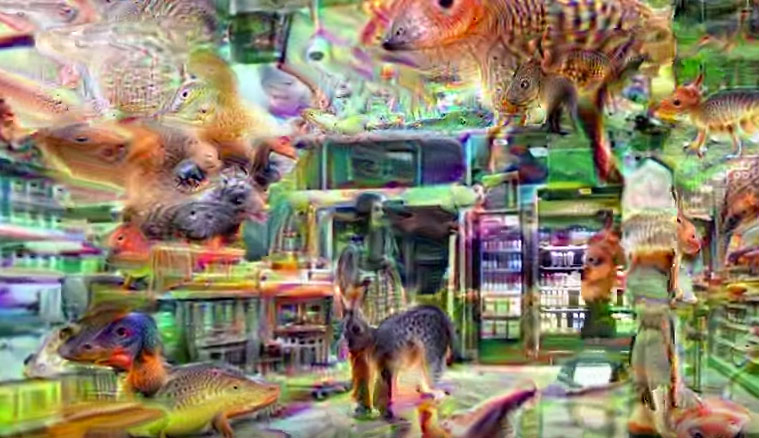
Let's take a look at some examples of what generative AI technology can already create, and where things are heading in 2023. In fact, everything you just read was written by AI - but don't worry, this article is now back in human hands.

Generating written text such as news articles, product descriptions, or even whole books.Some examples of what generative AI can create include: This technology can be used in different industries, and it's still being studied to understand all its possibilities. CSI-style image upscaling with fake but believable interpolated detail.Generative artificial intelligence (AI) is a technology that uses computer algorithms to create new things like text, images, audio and video.(Automating what a Photoshop retouch artist does.) Beautifying pictures and human faces and bodies.I mention two things that are not immediate applications of Deep Dreaming, and we don't have them currently, but I can kinda see a plausible road from the original Deep Dream algorithm towards these: But I wouldn't downplay image manipulation itself either. This is already kind of an existence proof that the Deep Dream idea can be useful outside image manipulation.

(They then use this heatmap as input for a supervised segmentation network, there's no deep dreaming in that part.) If you want to know which pixels constitute that object, you have to do image segmentation.īasically, after finding a dog on an image, Hong et al's architecture back-propagates the dog-ness through the neural network down to the pixel level, to find the pixels that were the most responsible for the dog appearing.

Standard image recognition networks can only give you a bounding box for each object recognized on an image. There's already at least one application out, if you interpret 'application' broadly enough: Decoupled Deep Neural Network for Semi-supervised Semantic Segmentation by Hong, Noh and Han.


 0 kommentar(er)
0 kommentar(er)
